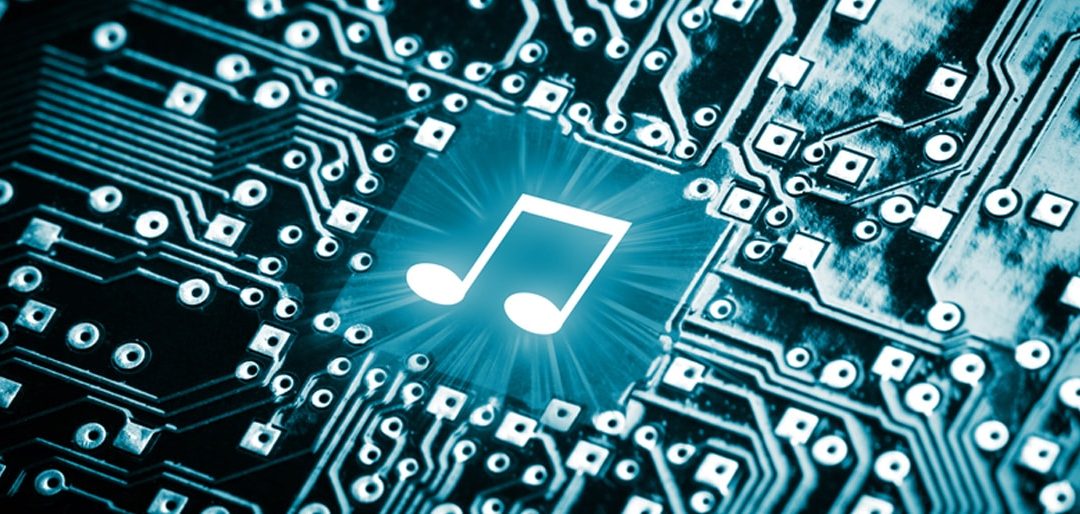Music for the Few
In his influential Ways of Seeing, the art critic John Berger argued that many of the most famous and celebrated works by the Old Masters of European oil painting are, conversely, the least representative of the historical milieu from which they emerged. They are acclaimed precisely because they stand out against a culture otherwise heavily reliant on the commissions and patronage of the wealthy and powerful.
Although music differs from visual art in many ways, certain similarities can be observed. For centuries, the work of many of the composers we continue to celebrate today were created at the behest of, and often solely for an audience of, a privileged few. The level of music education, the resources and the amount of free time required for composing placed it outside the financial and social capabilities of many. Mozart wrote almost exclusively on commission for special occasions, while Tchaikovsky was only able to devote all of his time to composing once he’d found a wealthy patron.
How technology democratised music
The invention of recorded sound brought with it a democratisation of music appreciation, as almost anyone become capable of listening to music from their own home – whether through the radio, or the evolution of the phonograph into the modern home stereo system.
When it comes to the creation of music, however, the democratising function of technology has moved at a varying pace across different forms, styles and genres. The impact of home recording technology, synthesizers and the Roland TR-808 drum machine revolutionised the world of popular music relatively quickly by condensing the process of creating music into a handful of tools that were readily available and easy to learn. For composers working on projects that require a greater degree of technical detail and the input of multiple musicians, however, the process has been more gradual.
One of the most significant steps in this incremental opening up of the work of the composer has been the availability of music notation software. As they have grown and developed over the years, these programs have taken the complex, highly specialised craft of music notation and engraving and placed it within the grasp of ordinary musicians. Previously this would have been a task requiring years of experience or equipment that was both expensive and difficult to procure.
With the advent of ever more sophisticated home computers, these programs for composing music have migrated out of publishing houses and recording studios, and into people’s homes. Along the way they’ve continued to develop new features to assist musicians, from portability to advanced playback functions. Now it’s more than possible for anyone to teach themselves to score – all you need is a computer and a passion for music.
For musicians, this has been the most significant democratising legacy of technology – the ability to take control of so many different aspects of the compositional process, without the need for large amounts of independent wealth, resources or even free time. It was this function that was in mind as we created Dorico – to understand musicians’ needs intuitively, making the entire process of composing music more efficient, enjoyable and accessible. The opening up of music through technology has already proven to be nothing short of extraordinary – we’re sure the future will continue to astound and inspire.


Trackbacks/Pingbacks